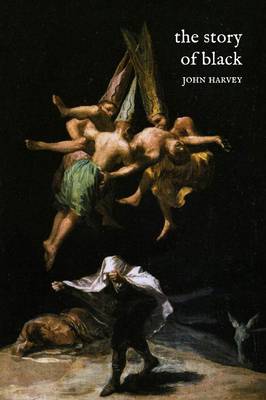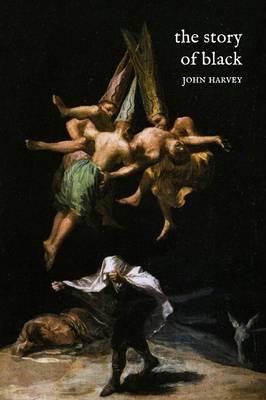
- Afhalen na 1 uur in een winkel met voorraad
- Gratis thuislevering in België vanaf € 30
- Ruim aanbod met 7 miljoen producten
- Afhalen na 1 uur in een winkel met voorraad
- Gratis thuislevering in België vanaf € 30
- Ruim aanbod met 7 miljoen producten
Zoeken
Omschrijving
As a color, black comes in no other shades: it is a single hue with no variation, one half of a dichotomy. But what it symbolizes envelops the entire spectrum of meaning--good and bad. The Story of Black travels back to the biblical and classical eras to explore the ambiguous relationship the world's cultures have had with this sometimes accursed color, examining how black has been used as a tool and a metaphor in a plethora of startling ways. John Harvey delves into the color's problematic association with race, observing how white Europeans exploited the negative associations people had with the color to enslave millions of black Africans. He then looks at the many figurative meanings of black--for instance, the Greek word melancholia, or black bile, which defines our dark moods, and the ancient Egyptians' use of black as the color of death, which led to it becoming the standard hue for funereal garb and the clothing of priests, churches, and cults. Considering the innate austerity and gravity of black, Harvey reveals how it also became the color of choice for the robes of merchants, lawyers, and monarchs before gaining popularity with eighteenth- and nineteenth-century dandies and with Goths and other subcultures today. Finally, he looks at how artists and designers have applied the color to their work, from the earliest cave paintings to Caravaggio, Rembrandt, and Rothko. Asking how a single color can at once embody death, evil, and glamour, The Story of Black unearths the secret behind black's continuing power to compel and divide us.
Specificaties
Betrokkenen
- Auteur(s):
- Uitgeverij:
Inhoud
- Aantal bladzijden:
- 336
- Taal:
- Engels
Eigenschappen
- Productcode (EAN):
- 9781780230849
- Verschijningsdatum:
- 15/09/2013
- Uitvoering:
- Hardcover
- Formaat:
- Genaaid
- Afmetingen:
- 168 mm x 241 mm
- Gewicht:
- 970 g

Alleen bij Standaard Boekhandel
+ 121 punten op je klantenkaart van Standaard Boekhandel
Beoordelingen
We publiceren alleen reviews die voldoen aan de voorwaarden voor reviews. Bekijk onze voorwaarden voor reviews.








